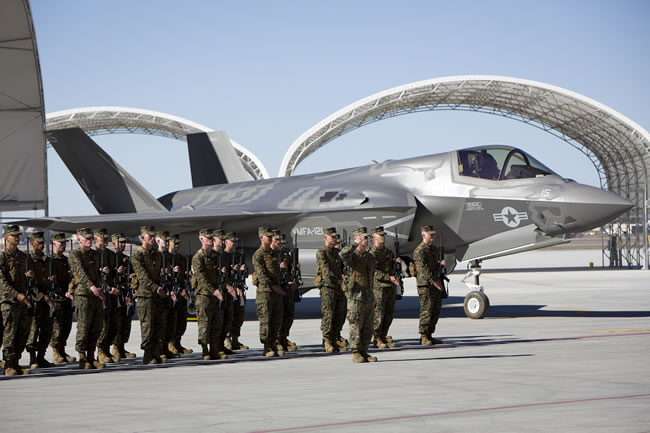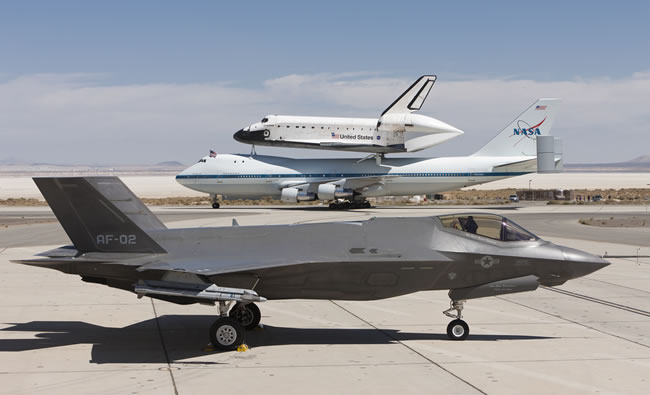

F-35 Flight will resume soon, following the decision of the Pentagon to end the precautionary grounding of the fleet of 51 Joint Strike Fighters, after the discovery of a cracked engine blade in one of the stealth jets. The engine manufacturer Pratt & Whitney recommended the resumption of flights and ground operations of the engine earlier on Thursday (February 28, 2013) after its engineers ruled out a high-cycle fatigue crack.
On February 19 Air Force technicians detected a 0.6-inch crack on a third stage turbine blade, when performing a routine periodical inspection of the F-135 engine on AF-2 test aircraft operating at Edwards Air Force Base in California. The finding triggered the week long flight suspension that began three days later. The affected turbine module and its associated hardware were sent to Pratt & Whitney’s Engine Facility in Middletown, Conn., to evaluate the root cause of the malfunction.
According to Matthew Bates, a spokesman for Pratt & Whitney, initial examination has determined that the crack resulted from stressful operating environment experienced in flight tests – many of which tested the engine’s powerful afterburners – rather than a high-cycle fatigue crack, which would have required a design change. Inspections of other F-35 fighter jets did not find similar cracks or signs of excessive engine stress, therefore, no redesign will be needed for the JSF F-135 engines. As a precautionary measure engine inspections will now be required every 25 flight hours, compared to usual 50 hours. Reuters reported.

The engine in question had operated at high temperatures for more than four times longer than a typical F-35 flight, which led to a separation of the grain boundary of the particular blade that experienced the crack. According to the US Navy investigation, that engine had experienced the most “hot engine time exposure” of all the engines in the developmental program.
Within the current DoD inventory, 17 F-35s are employed in test and development at Patuxent River Naval Air Station and Edwards Air Force Base; the remaining aircraft are assigned to Eglin Air Force Base and Marine Corps Air Station Yuma, and comprise the initial F-35 training fleet.



















